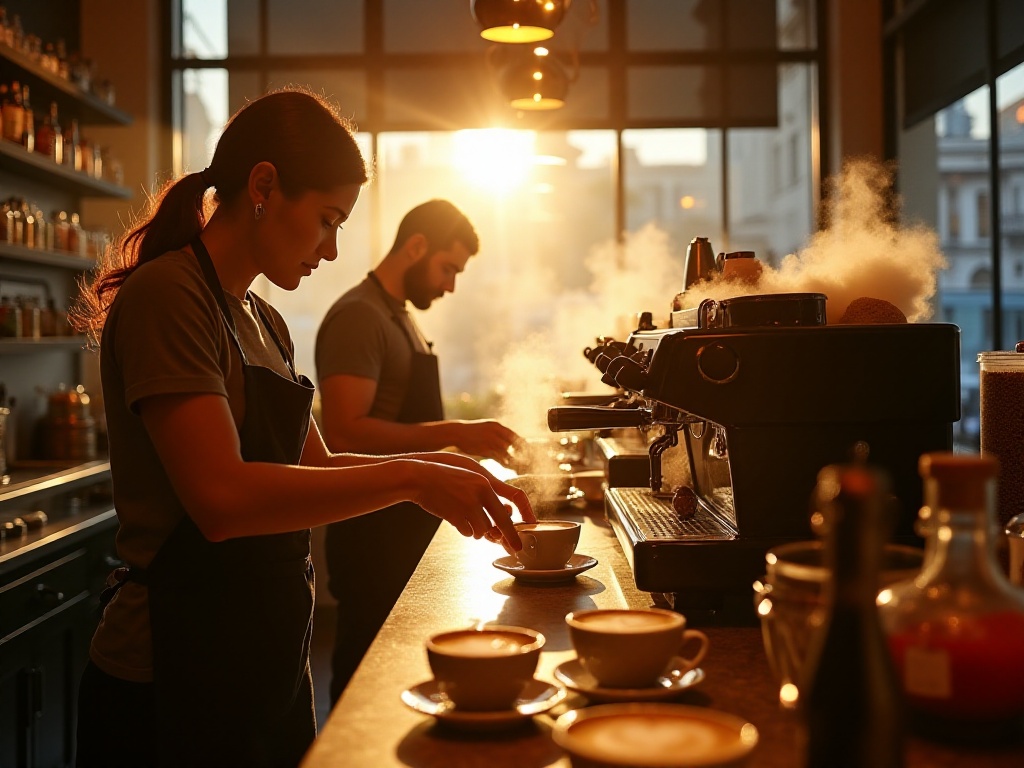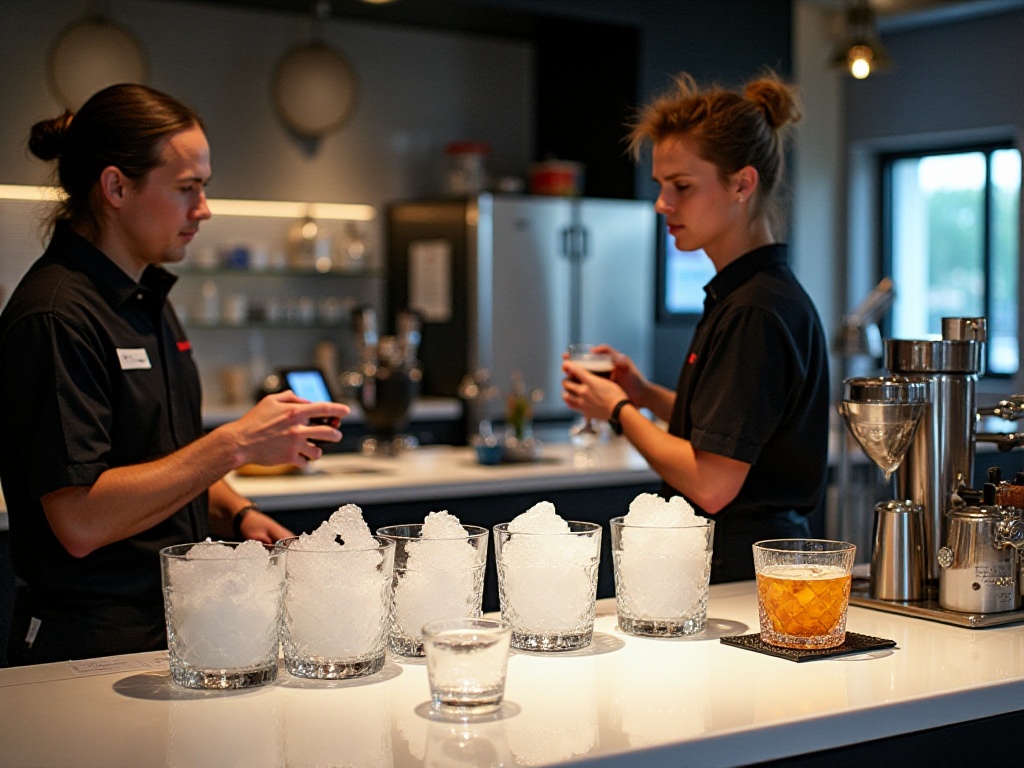
Opening Thoughts
In this fast-paced era, a good drink can always bring moments of comfort and relaxation. As a beverage artist who has worked in the industry for many years, I deeply understand that behind every drink lies countless wisdom and craftsmanship. Today, I'd like to share some of my insights in this field and reveal the little secrets that make beverages unique.
I still remember how green I was when I first entered the industry, thinking that making drinks was just about following recipes. Until one day, an old master watched me mechanically following recipes and smiled, saying, "Young man, making drinks is like falling in love - you need to feel it with your heart." This statement gave me a completely new understanding of beverage making.
The Art of Ice
When it comes to making drinks, ice is absolutely a key player that cannot be ignored. Many people might think ice is just for cooling, but that's a big misconception. Different forms of ice not only affect the taste of drinks but can also enhance the overall experience significantly.
Cube ice is my favorite, especially when mixing premium spirits. I remember once when a finance professional came to our shop and ordered a 12-year single malt whiskey. I specially selected a completely transparent 2.5-inch cube ice for him. When I saw his eyes light up as he picked up the glass, I knew this drink would satisfy him. Sure enough, halfway through his drink, he started asking about our ice-making techniques.
Speaking of the secrets to making cube ice, there are many. First is water quality - we use triple-filtered purified water to ensure the ice's transparency. Second is the freezing process - we use directional freezing technology to allow water molecules to align uniformly, making the ice cubes not only clear but also less prone to cracking.
Crushed ice is another interesting element. When making cocktails like mojitos, the quick melting of crushed ice allows the alcohol and spices to mix thoroughly. Plus, a glass full of crushed ice looks particularly tempting, like a small, crystal-clear snow mountain.
There's also a special type of ice called ball ice, which is standard in high-end Japanese whiskey bars. A perfect ice ball requires special craftsmanship, using specific tools to carve large ice blocks into spheres about 6 centimeters in diameter. These ice balls not only look particularly elegant but also melt very slowly due to their small surface area, keeping a whiskey at its optimal drinking temperature for 20-30 minutes.
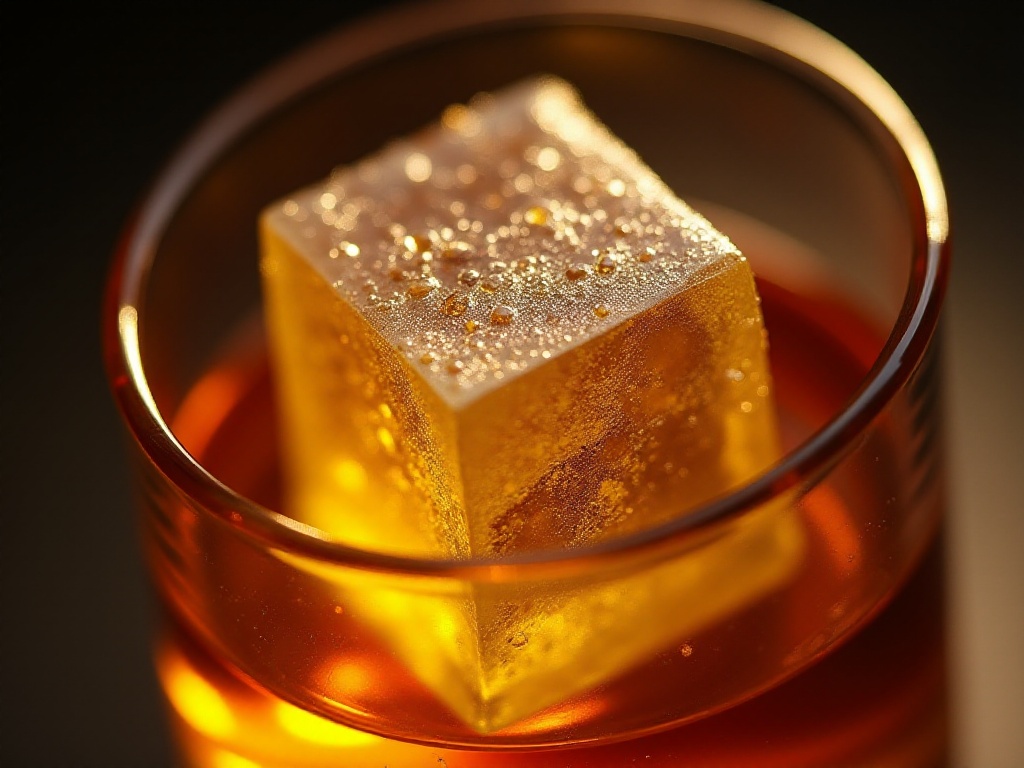
Innovative Techniques
In this era of innovation, traditional methods can no longer satisfy young people's needs. As a creative beverage artist, I'm always looking for new and interesting production methods.
Speaking of innovation, I must mention the molecular mixology technology I've been researching recently. Through special techniques, liquids can be made into small pearls that burst instantly when you drink them, releasing intense flavors. This approach is particularly popular among young people and often generates buzz on social media.
Another interesting discovery is about temperature control. Everyone knows different drinks have different optimal drinking temperatures. But did you know that the same drink at different temperatures has completely different layers of taste? For example, with matcha latte, at 7 degrees Celsius, the bitterness of matcha is well balanced by the milk; but if the temperature drops below 4 degrees, the matcha aroma gets suppressed, making the overall taste monotonous.
I've developed many variations on using frozen fruit instead of ice cubes. Beyond basic frozen grapes, I've tried frozen blueberries, strawberries, and even small pieces of watermelon. Each fruit adds its unique flavor to the drink. Recently, I've developed a new technique of marinating fruits before freezing them. For instance, marinating grapes in red wine before freezing them makes them perfect for champagne.
Speaking of money-saving tips, besides the previously mentioned jam milkshakes, I have more practical ideas. For example, don't rush to throw away leftover coffee - it can be frozen into ice cubes for coffee drinks, which not only prevents dilution but also makes the coffee flavor more intense.
Innovation isn't just about production methods; ingredient selection is also important. Recently, I've been trying to use traditional Chinese medicinal herbs to make modern beverages. For example, using chrysanthemum and honeysuckle, which are good for cooling and detoxifying, to make sparkling drinks - they're not only delicious but particularly suitable for summer.
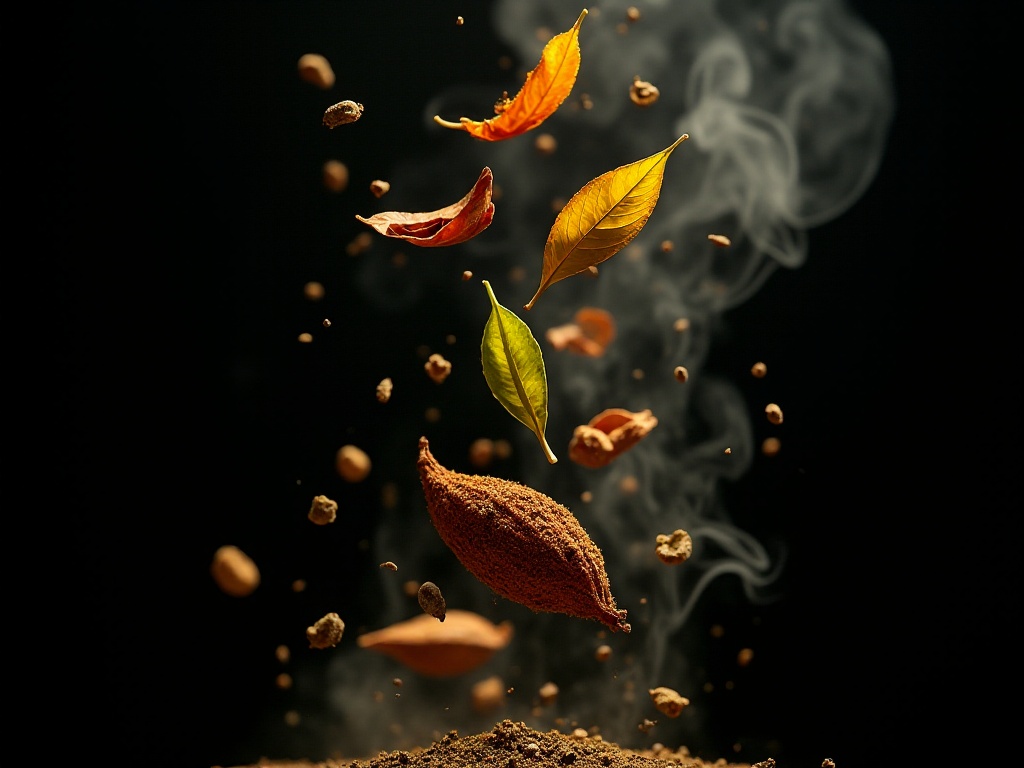
Professional Approach
As a professional beverage artist, it's essential to stay attuned to industry trends and changes in consumer demands. Young people today are increasingly health-conscious, which is evident in the data. Besides the growing demand for low-sugar and functional beverages, I've noticed an interesting phenomenon: drinks with probiotics are becoming increasingly popular, with a growth rate of 58%.
Facing such market changes, we must adjust our product strategy promptly. For example, when designing new products, I prioritize using natural ingredients. Natural sweeteners like honey, maple syrup, and coconut sugar not only meet consumers' health demands but also add unique flavors to beverages.
Ingredient selection must also keep up with the times. For instance, oat milk is particularly popular now, suitable not only for vegetarians but also for those who are lactose intolerant. Our recently developed oat matcha latte has received many positive reviews.
Professional judgment is also needed in beverage pricing. While young people today are willing to pay for quality products, they also care about value for money. We set reasonable prices based on multiple factors including costs, market positioning, and competitor pricing. For example, for drinks using imported fruits, we indicate the country of origin on the menu to help consumers understand price differences.
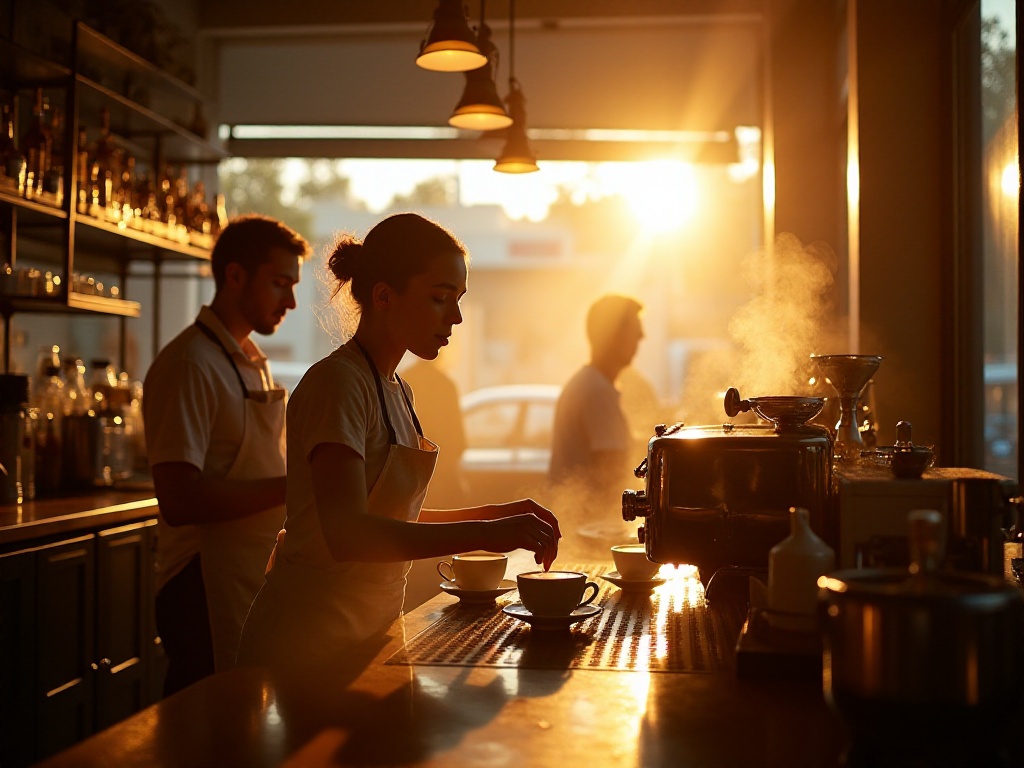
Quality Control Points
Quality control is truly a major subject. Just the selection and storage of ingredients involve many considerations. Taking fruits as an example, we not only test their sugar content and freshness but also pay attention to seasonality. For instance, summer strawberries aren't as good as winter ones, so we recommend customers choose other seasonal fruits during this time.
Temperature control is also a crucial aspect of quality control. Each drink has its optimal drinking temperature, and we set specific temperature standards based on different beverage characteristics. For example, the optimal drinking temperature for milk tea is 12-15 degrees Celsius, which maintains the richness of the milk tea without being too cold. To ensure temperature accuracy, we equip each workstation with professional thermometers.
Standardized operating procedures are key to ensuring quality. From ingredient processing to final presentation, each step has detailed standards. For example, fruits need to be washed and sanitized before use, and tools need regular sterilization - these seemingly simple steps are crucial for beverage safety and quality.
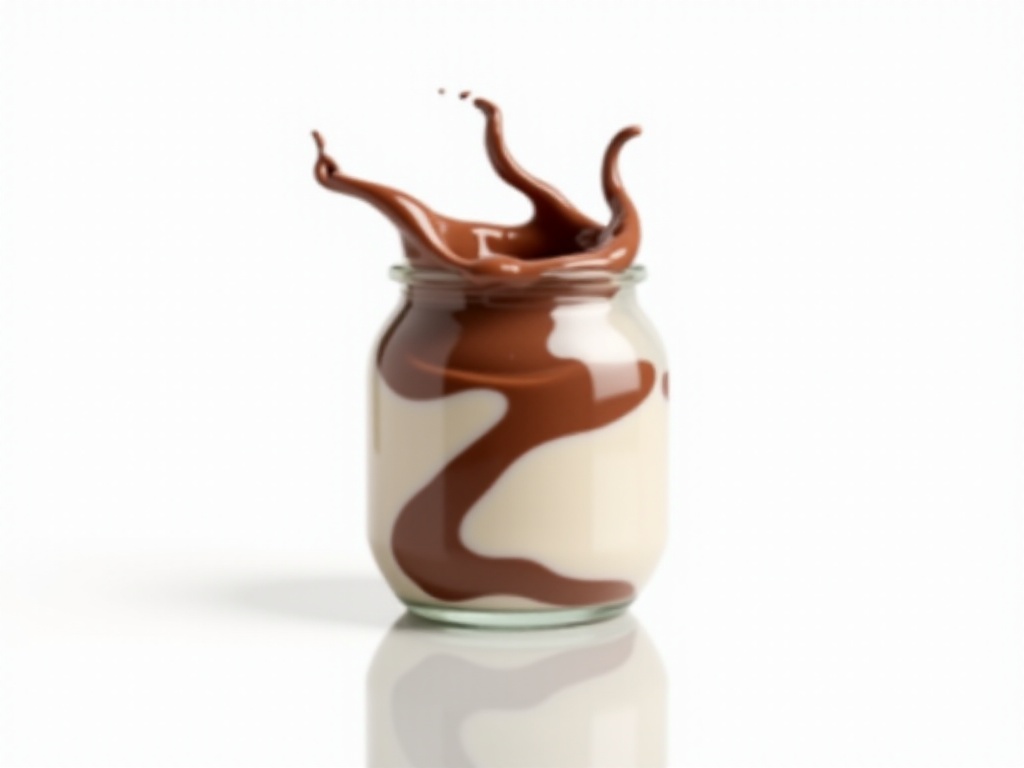
Training Methods
To make good beverages, team professional quality is crucial. In our training system, besides basic theoretical learning and practical training, we particularly emphasize developing employees' innovation abilities and service awareness.
Training shouldn't be boring; we need to make trainees feel the joy of learning. Besides "blind tasting competitions," we also hold "innovative beverage competitions" to encourage employees to be creative and design new drinks. Once, an intern's "Lime Mint Sparkling Water" design was incorporated into our official menu.
Service training is also important. We simulate various service scenarios to teach employees how to communicate with different types of customers. For example, when encountering dissatisfied customers, they need to learn to listen patiently, identify the problem, and provide timely solutions.
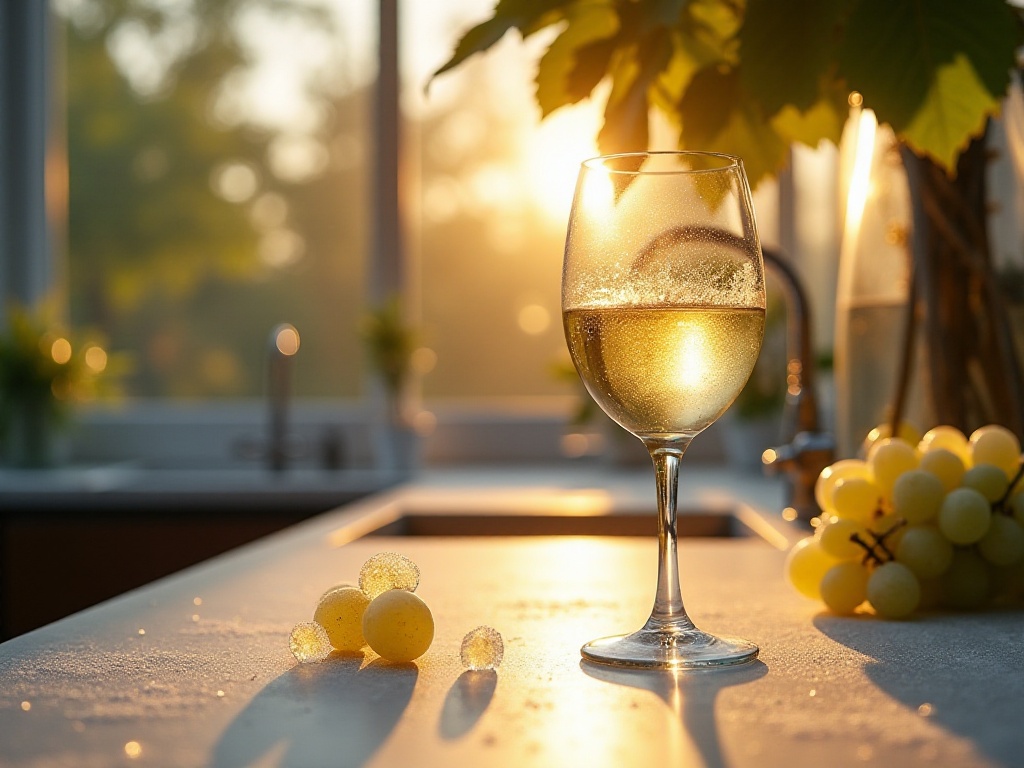
Conclusion
Beverage making is a craft that requires both professional knowledge and innovative thinking. From the basic choice of ice to complex molecular preparation techniques, every aspect deserves our careful study and exploration.
In this industry, never think you're professional enough. The market is changing, consumer demands are changing, and we must always maintain a learning attitude and continuously improve our professional level.
Finally, I want to say that the most important aspect of making beverages isn't how sophisticated your technique is, but how much heart you put into it. Only by putting your heart into understanding the characteristics of each ingredient and feeling the needs of consumers can you make beverages that truly touch people's hearts.
Next
Building Your Healthy Lifestyle from Scratch: An Easy Wellness Guide for Lazy People
A comprehensive guide to healthy lifestyle practices covering nutrition management, exercise, and rest, along with detailed beverage manufacturing standards including formula development, raw material management, production processes, and quality control measures
The Ultimate Guide to Being Lazy in the Kitchen: How to Fit an Elephant in the Fridge
A comprehensive guide covering life efficiency enhancement and professional beverage making techniques, including home organization, kitchen optimization, scientific ice application, and essential elements of drink development
I Developed Hundreds of Trending Beverages - Here Are the Essential Preparations You Must Make
A comprehensive guide covering essential aspects of professional beverage making, including market research, recipe development, process control, and operations management to enhance product quality and operational efficiency
Next
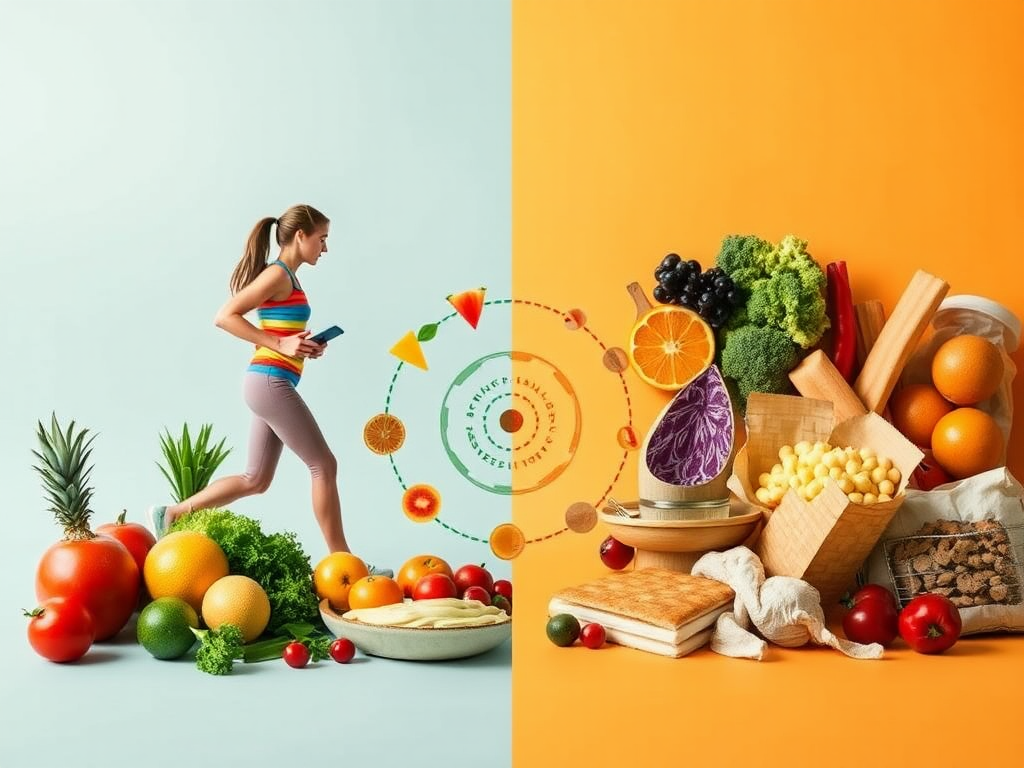
Building Your Healthy Lifestyle from Scratch: An Easy Wellness Guide for Lazy People
A comprehensive guide to healthy lifestyle practices covering nutrition management, exercise, and rest, along with detailed beverage manufacturing standards including formula development, raw material management, production processes, and quality control measures
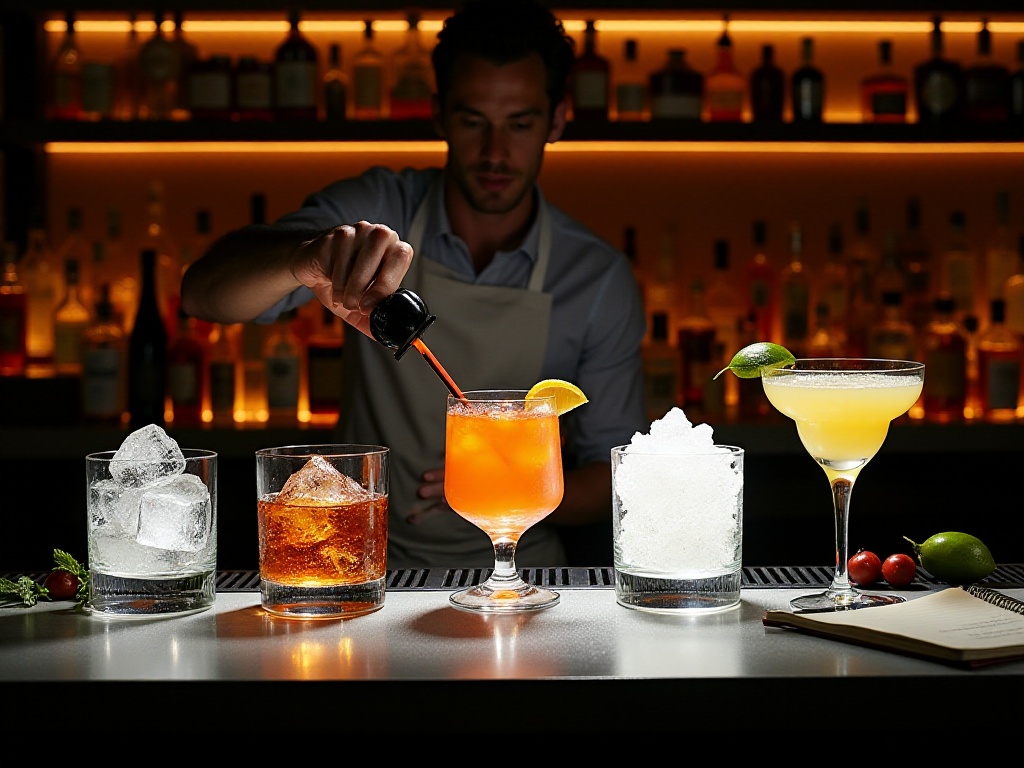
The Ultimate Guide to Being Lazy in the Kitchen: How to Fit an Elephant in the Fridge
A comprehensive guide covering life efficiency enhancement and professional beverage making techniques, including home organization, kitchen optimization, scientific ice application, and essential elements of drink development
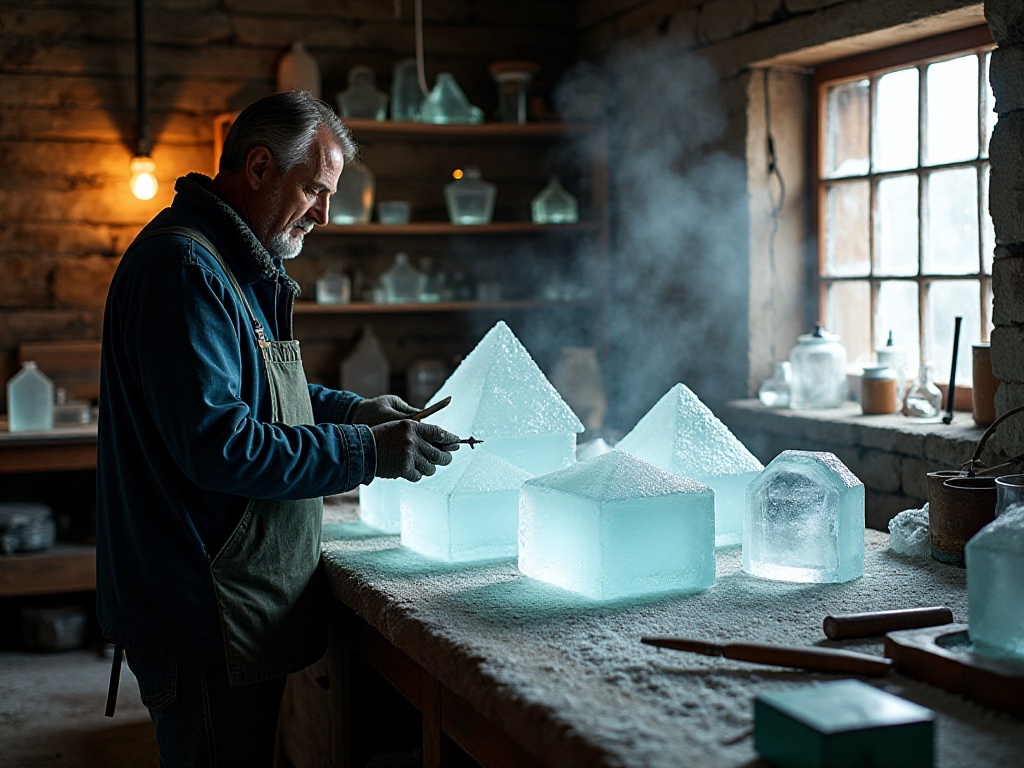
I Developed Hundreds of Trending Beverages - Here Are the Essential Preparations You Must Make
A comprehensive guide covering essential aspects of professional beverage making, including market research, recipe development, process control, and operations management to enhance product quality and operational efficiency

